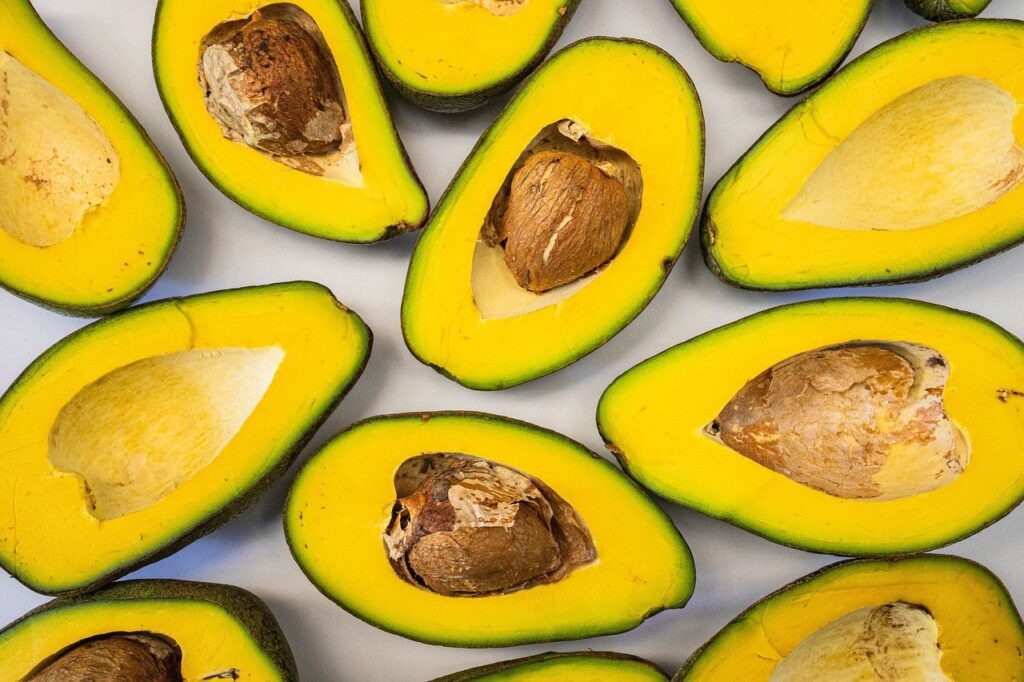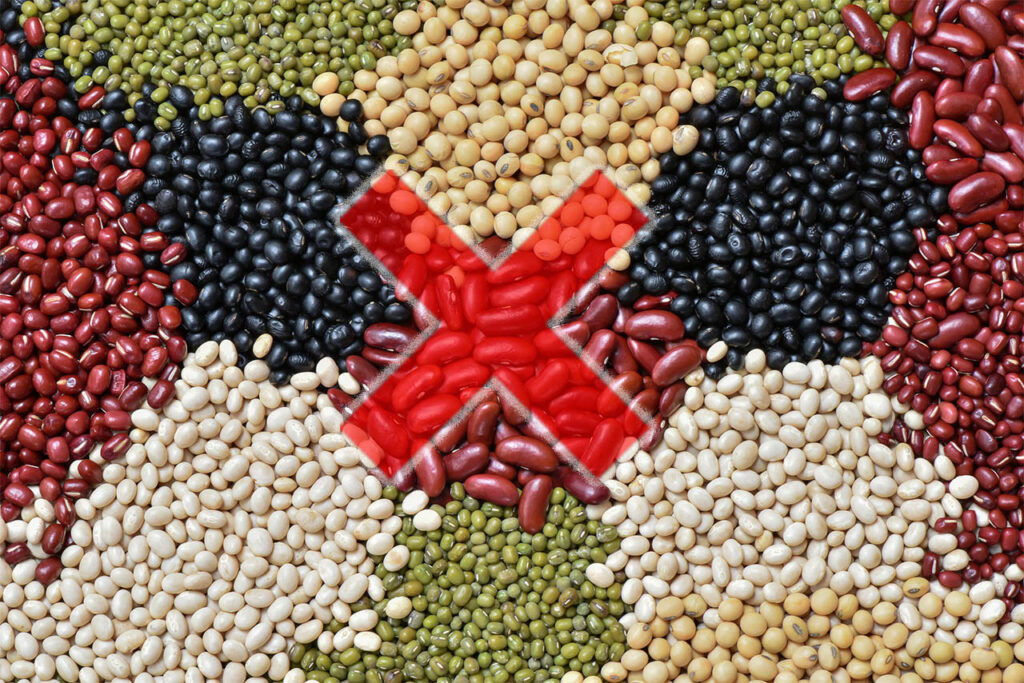In the realm of popular diets, the ketogenic (keto) and paleolithic (paleo) diets have emerged as two distinct dietary philosophies, each with its own set of principles and goals. While both share some common ground in prioritizing whole foods, they diverge significantly in terms of macronutrient composition, food restrictions, and underlying philosophies. In this comprehensive exploration, we’ll unravel the key differences of keto vs paleo diets by providing insights into their unique protocols, characteristics, potential benefits, and considerations for individuals exploring these nutritional paths. Without further wasting time, let’s start the keto vs paleo debate!
Macronutrient Composition
Keto Diet
The ketogenic diet is characterized by a high-fat, low-carbohydrate, and moderate-protein macronutrient composition. The primary goal of the keto diet is to induce a state of ketosis, where the body shifts its primary fuel source from glucose to ketones, derived from the breakdown of fats.
Typical Macronutrient Ratio: A standard keto diet often consists of approximately 70-75% of daily calories from fats, 20-25% from protein, and 5-10% from carbohydrates.
Emphasis on Fats: Healthy fats like avocados, nuts, seeds, and oils are central to the keto diet, providing the majority of daily caloric intake.

Paleo Diet
The paleo diet, on the other hand, focuses on a balance of macronutrients without specific percentage guidelines. It emphasizes whole, nutrient-dense foods while avoiding grains, legumes, and dairy.
Balanced Macronutrients: The paleo diet generally encourages a more balanced distribution of macronutrients, with an emphasis on protein, healthy fats, and non-starchy vegetables.

Exclusion of Certain Carbohydrates: While not explicitly low-carb, the paleo diet restricts certain carbohydrate sources such as grains and legumes.
Food Restrictions
Keto Diet
The keto diet is stringent in its restriction of carbohydrate intake, aiming to keep it low enough to trigger and maintain ketosis. Foods high in carbohydrates, especially those with a high glycemic index, are limited.
Restricted Foods: Sugars, grains, legumes, starchy vegetables, most fruits, and high-carb processed foods are restricted.
Emphasis on Carb Counting: Individuals following the keto diet often engage in meticulous carb counting to stay within their daily carbohydrate allowance.

Paleo Diet
The paleo diet, while also excluding certain food groups, focuses more on the quality of food rather than strict macronutrient ratios. It aims to align with the presumed diet of our pre-agricultural ancestors.
Excluded Foods: Grains, legumes, dairy, processed sugars, and refined oils are excluded.

Emphasis on Whole Foods: The paleo diet encourages the consumption of whole, unprocessed foods such as lean meats, fish, fruits, vegetables, nuts, and seeds.
Philosophical Underpinnings
Keto Diet
The ketogenic diet’s primary goal is to shift the body into a metabolic state of ketosis, where it efficiently burns fat for fuel. This is achieved by severely limiting carbohydrate intake and moderating protein intake to prevent gluconeogenesis, the conversion of protein into glucose.
Metabolic Adaptation: The focus on ketosis stems from the belief that utilizing ketones as a primary energy source offers benefits such as enhanced fat burning, improved mental clarity, and increased energy levels.
Paleo Diet
The paleo diet is rooted in the concept of aligning with the presumed diet of our hunter-gatherer ancestors. It emphasizes whole, nutrient-dense foods while excluding items introduced with the advent of agriculture.
Evolutionary Perspective: The paleo diet is based on the idea that our bodies are better adapted to the foods available during the Paleolithic era, and the exclusion of certain foods aims to reduce inflammation and promote overall health.
Flexibility and Personalization
Keto Diet
The keto diet is generally less flexible due to its strict macronutrient requirements. Achieving and maintaining ketosis often involves careful planning and monitoring of food intake.
Challenges: Adhering to the keto diet can pose challenges in social settings and may require adjustments for athletes or those with specific dietary preferences.
Paleo Diet
The paleo diet offers more flexibility in terms of macronutrient distribution. While certain foods are excluded, individuals have more room for personalization based on individual needs and preferences.
Adaptability: The paleo diet can be adapted to accommodate varying activity levels, making it more versatile for different lifestyles.
Sustainability
Keto Diet
Sustainability on the keto diet may be a consideration for some individuals due to its restrictive nature. Long-term adherence can be challenging, and the potential for nutrient deficiencies may arise if the diet is not well-planned.
Considerations: Athletes, in particular, may find it challenging to maintain high-intensity training on a strict keto diet, and individuals may experience the “keto flu” during the initial adaptation period.
Paleo Diet
The paleo diet’s emphasis on whole, nutrient-dense foods makes it potentially more sustainable for long-term adherence. It allows for a diverse range of foods while excluding items perceived as less compatible with human biology.
Diverse Food Options: The inclusion of a variety of whole foods makes the paleo diet more adaptable to different dietary preferences and cultural backgrounds.
Keto Vs Paleo: Is there any Common Ground?
Now that the keto vs paleo diet battle is over, do you have an idea whether they have some similarities? Actually yes, while keto and paleo diets have distinctive features, there are areas of common ground which are as follow:
- Both diets prioritize whole, unprocessed foods, encouraging individuals to choose nutrient-dense options.
- Both diets share the goal of reducing inflammation through the exclusion of processed sugars, refined carbohydrates, and certain potential allergens.
- Both diets can be adapted to individual needs and preferences, allowing for personalization based on health goals and lifestyle.
Conclusion
In the landscape of dietary philosophies, the ketogenic and paleolithic diets stand as unique approaches, each with its distinct principles and potential benefits. While the keto diet prioritizes high-fat, low-carb macronutrient ratios to induce ketosis, the paleo diet focuses on whole, unprocessed foods in alignment with an evolutionary perspective. The choice between these diets depends on individual goals, preferences, and the adaptability of the dietary approach to one’s lifestyle. As with any significant dietary change, consulting with healthcare professionals and considering long-term sustainability are crucial factors in making informed decisions about adopting either the keto or paleo lifestyle. Hopefully, you found this article on keto vs paleo diet helpful enough. If you really did then let us know your valuable thoughts in the comment section below. Thanks for visiting and appreciating our work.
